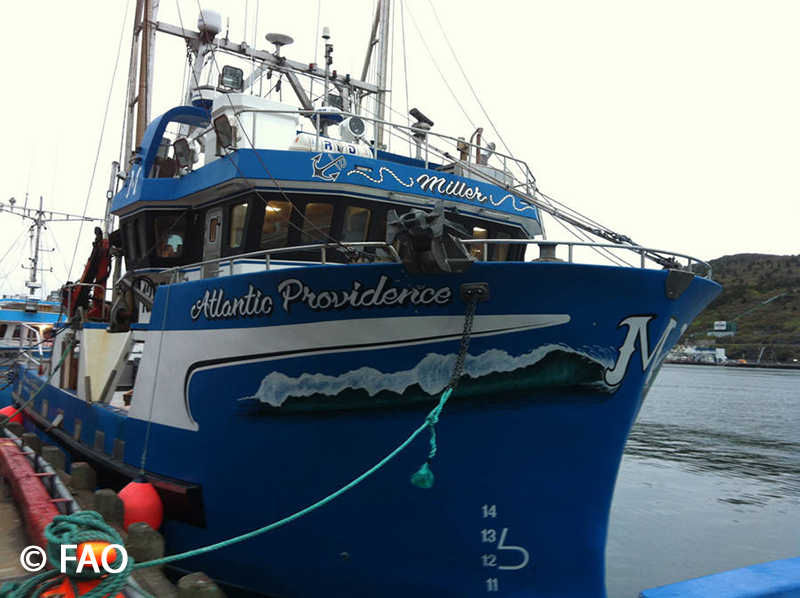While exact figures are hard to come by, preliminary, conservative estimates of fatalities in fishing are now over 32 000 people annually. The UN Food and Agriculture Organization (FAO) says that the number of fishers injured or suffering from work-related illnesses are much higher. Fatalities and accidents have major impacts on fishers' families, fishing crews and fishing communities. These stark figures provided the background to talks at the Fifth International Fishing Industry Safety & Health Conference (iFish5) (10–13 June), in St. John’s, Canada.
IMO’s Sandra Allnutt outlined IMO’s work to address fishing vessel safety. She emphasised the need for more countries to ratify the 2012 Cape Town Agreement on fishing vessel safety. The Cape Town Agreement includes mandatory international requirements for stability, construction and associated seaworthiness of fishing vessels of 24 metres in length and over, as well as requirements for life-saving appliances, communications equipment and fire protection.
Ms Allnutt also outlined guidance and recommendatory measures developed by IMO in cooperation with FAO and the International Labour Organization (ILO), including the Code of Safety for Fishermen and Fishing Vessels, 2005 (part A for all fishing vessels, Part B for those 24 m in length and over); Voluntary Guidelines, 2005, (fishing vessels 12 m in length and over, but less than 24 m); and Safety Recommendations (for fishing vessels less than 12 m in length).
The conference was told that the approximately 1.6 million seafarers in the world merchant vessel fleet have much better protection from mandatory international safety and health conventions and agreements than the approximately 40 million fishers world-wide.
More than 160 fisheries sector health and safety professionals and researchers from 26 countries as well as international organizations attended the Fifth International Fishing Industry Safety & Health Conference. It was co-organized by the Memorial University, Canada; the United Nations; the U.S. National Institute for Occupational Safety and Health (NIOSH); and the FAO.
